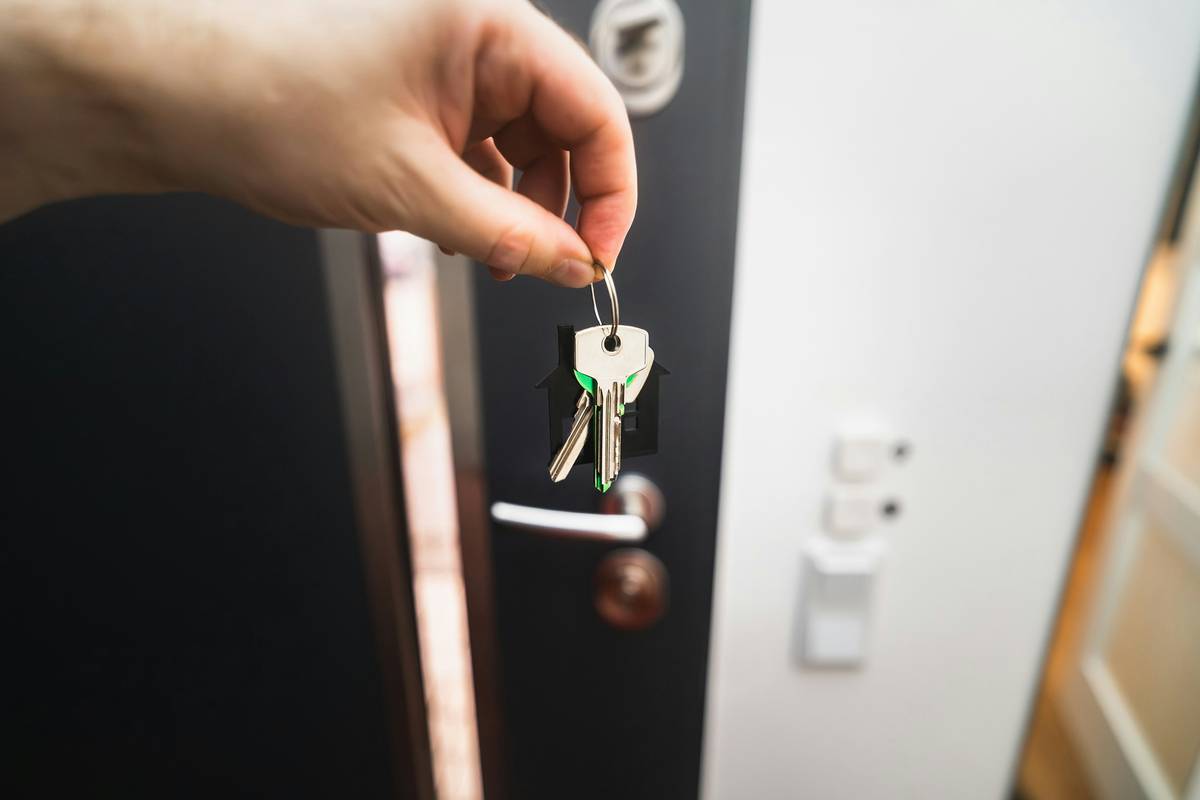Ever walked into your home after a burglary feeling violated, stressed, and unsure if your insurance has your back? You’re not alone. Many homeowners discover—too late—that their home insurance policy comes with limits or “caps” that leave them underprotected in the event of theft. These caps can dictate how much compensation you’ll receive for stolen items like jewelry, electronics, or heirlooms. So, what exactly is a home insurance cap, and how can it impact your peace of mind?
In this post, we’ll dive deep into understanding the concept of home insurance caps, why they matter when it comes to safeguarding against burglaries, and actionable steps to ensure you’re fully covered. Along the way, we’ll share some juicy confessions (yes, mistakes happen), debunk myths, and throw in some quirky advice because life’s too short for boring blogs.
Table of Contents
- Key Takeaways
- The Problem with Home Insurance Caps
- How to Navigate Home Insurance Caps
- Tips for Better Burglary Insurance
- Real-Life Examples
- FAQs
- Conclusion
Key Takeaways
- A home insurance cap refers to the maximum payout limit your insurer will provide for specific types of claims, including burglary losses.
- Many policies cap reimbursement amounts for high-value items unless additional coverage riders are purchased.
- Underestimating these caps could leave you financially vulnerable during a break-in.
- To avoid surprises, always review your policy details thoroughly and consider upgrading your coverage based on your needs.
- Proactive measures such as installing security systems can reduce premiums and potentially enhance protection.
The Problem with Home Insurance Caps
Let me tell you about the time my buddy Dave learned the hard way about his homeowner’s insurance cap. He had an extensive coin collection worth $15,000 stolen during a break-in. When he filed the claim, guess how much he got back? Just $3,000. That’s right—the insurance company slapped him with a sub-limit clause buried deep in his policy fine print.
This “gotcha!” moment highlights why you need to understand the potential pitfalls of home insurance caps. Here’s what makes them tricky:
- Hidden Limits: Most standard policies include per-item or category-specific caps (e.g., $1,500 for jewelry).
- Lack of Transparency: These caps aren’t always spelled out clearly, so unless you dig through the legalese, you might miss them entirely.
- Insufficient Coverage: High-ticket items like art, antiques, or tech gadgets often exceed default limits.

An infographic illustrating typical sub-limits found in home insurance policies.
Rant Alert: The Fine Print Fiasco
“Oh sure, let’s just bury crucial information in pages of legal jargon,” said no one ever. Seriously, who reads that stuff besides lawyers and extremely caffeinated people?! This practice frustrates even seasoned professionals, which is why transparency should be non-negotiable when shopping for burglary-related coverage.
How to Navigate Home Insurance Caps
Navigating the labyrinth of home insurance caps doesn’t have to feel like decoding hieroglyphics. Follow these simple yet impactful steps:
Step 1: Review Your Policy Details
Sit down with your policy documents (and maybe a strong cup of coffee) and look for terms related to:
- Personal property coverage
- Sub-limits for valuable items
- Deductibles
Step 2: Inventory Your High-Value Items
Create an inventory list of expensive belongings using apps or spreadsheets. Don’t forget receipts, photos, or appraisals for proof of value!
Step 3: Upgrade with Riders or Endorsements
If needed, purchase additional coverage riders (also known as endorsements) specifically designed for high-value items like jewelry or electronics.
Terrific Tip Disclaimer:
“Optimist You” says: “Save money by skipping endorsements!” *Grumpy Me*: No. Absolutely not. Unless you enjoy financial stress alongside your morning coffee, skip this terrible advice. Invest wisely upfront; trust me—it pays off later.”
Tips for Better Burglary Insurance
Want extra peace of mind? Try these pro tips:
- Install Smart Security Systems: Companies often offer discounts for homes equipped with alarms, cameras, or smart locks.
- Document Everything: Videos and photos make filing claims easier.
- Compare Policies Annually: Shop around to ensure you’re getting competitive rates and adequate coverage.
- Bundle Services: Combining auto and home insurance can save bucks without sacrificing quality.

A side-by-side comparison of top-rated security systems to help protect your home.
Real-Life Examples
Case Study #1: Sarah from Dallas upgraded her policy after realizing her engagement ring wasn’t fully covered. During a recent robbery, she received full reimbursement thanks to a scheduled personal property rider—an investment that saved her thousands.
Case Study #2: After suffering major losses due to inadequate coverage, Mark invested in both enhanced burglary insurance and smart home technology. Not only did his new system deter future break-ins, but it also lowered his annual premium by 15%.
FAQs
What happens if my claim exceeds the home insurance cap?
You’ll likely pay out-of-pocket for any amount above the cap. For instance, if your cap is $2,000 and you lose a $5,000 laptop, you’d cover the remaining $3,000 yourself.
Can I negotiate my home insurance cap?
Sometimes! Discussing options with your agent may lead to customized solutions, though higher caps typically mean higher premiums.
Do all insurers impose caps on burglary claims?
Most do, especially regarding categories like jewelry, firearms, or cash. However, riders can expand those limits significantly.
Conclusion
Burglary insurance—and its pesky sibling, the home insurance cap—plays a vital role in protecting your most cherished possessions. By staying informed, reviewing your policy regularly, and taking proactive steps to upgrade coverage where necessary, you can shield yourself from financial hardship caused by theft.
Remember, knowledge + action = empowerment. And while insurance legalese sounds like nails on a chalkboard (*whirrrr*), don’t let confusion stand between you and peace of mind.
P.S. Keep your finances secure like Ross Geller guarding his cookie jar:
Fortune fades, Like cookies left out; Protect wisely.


